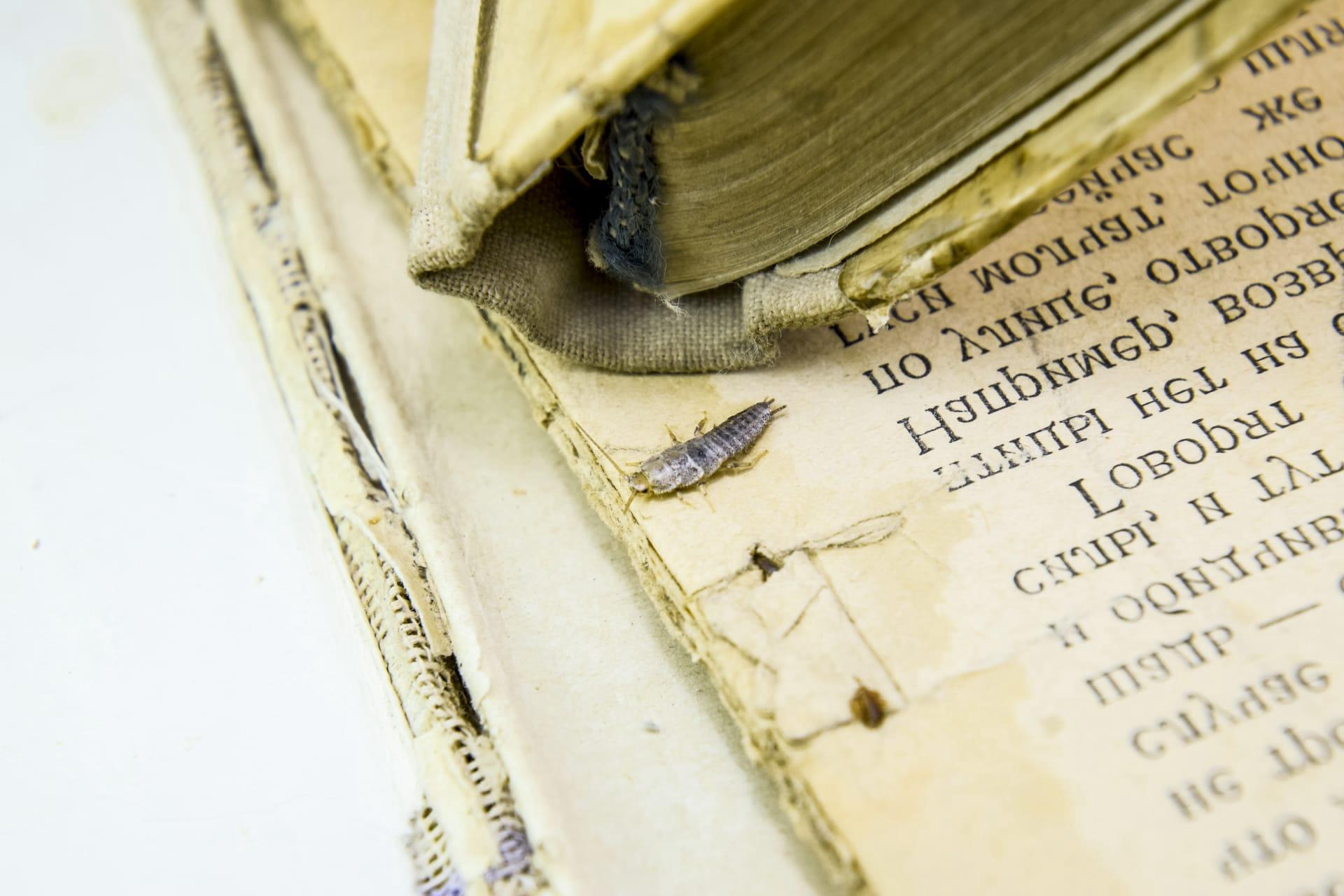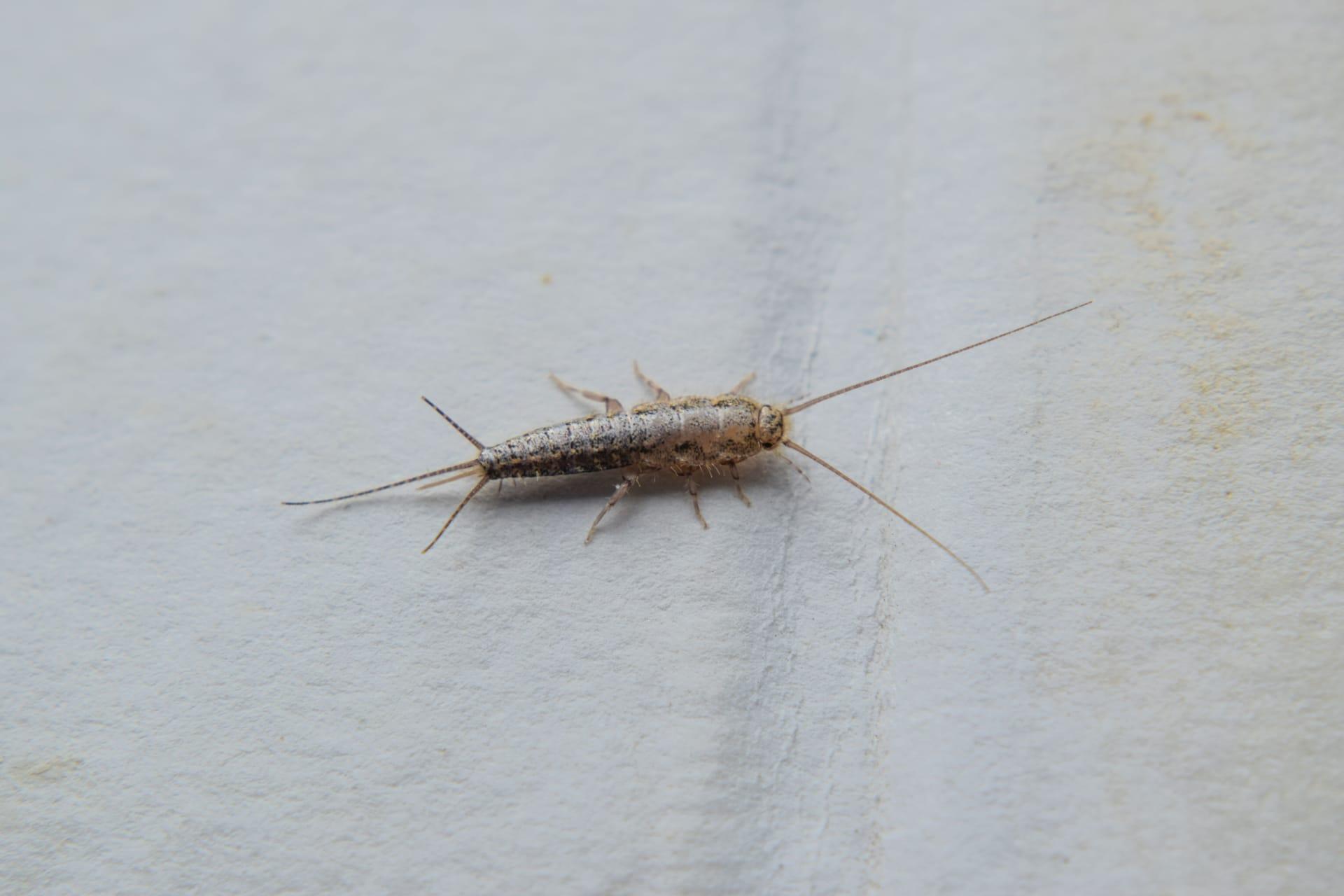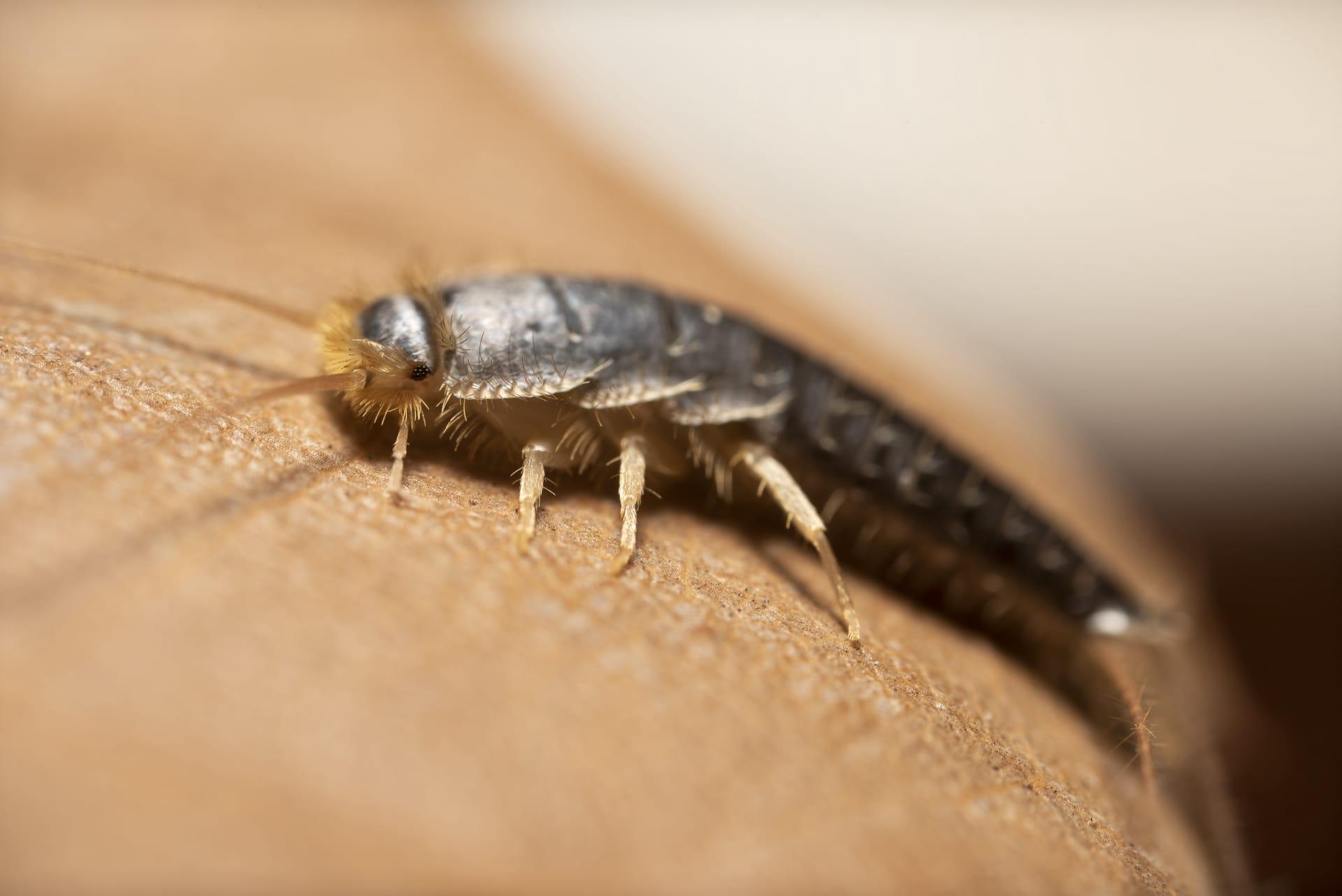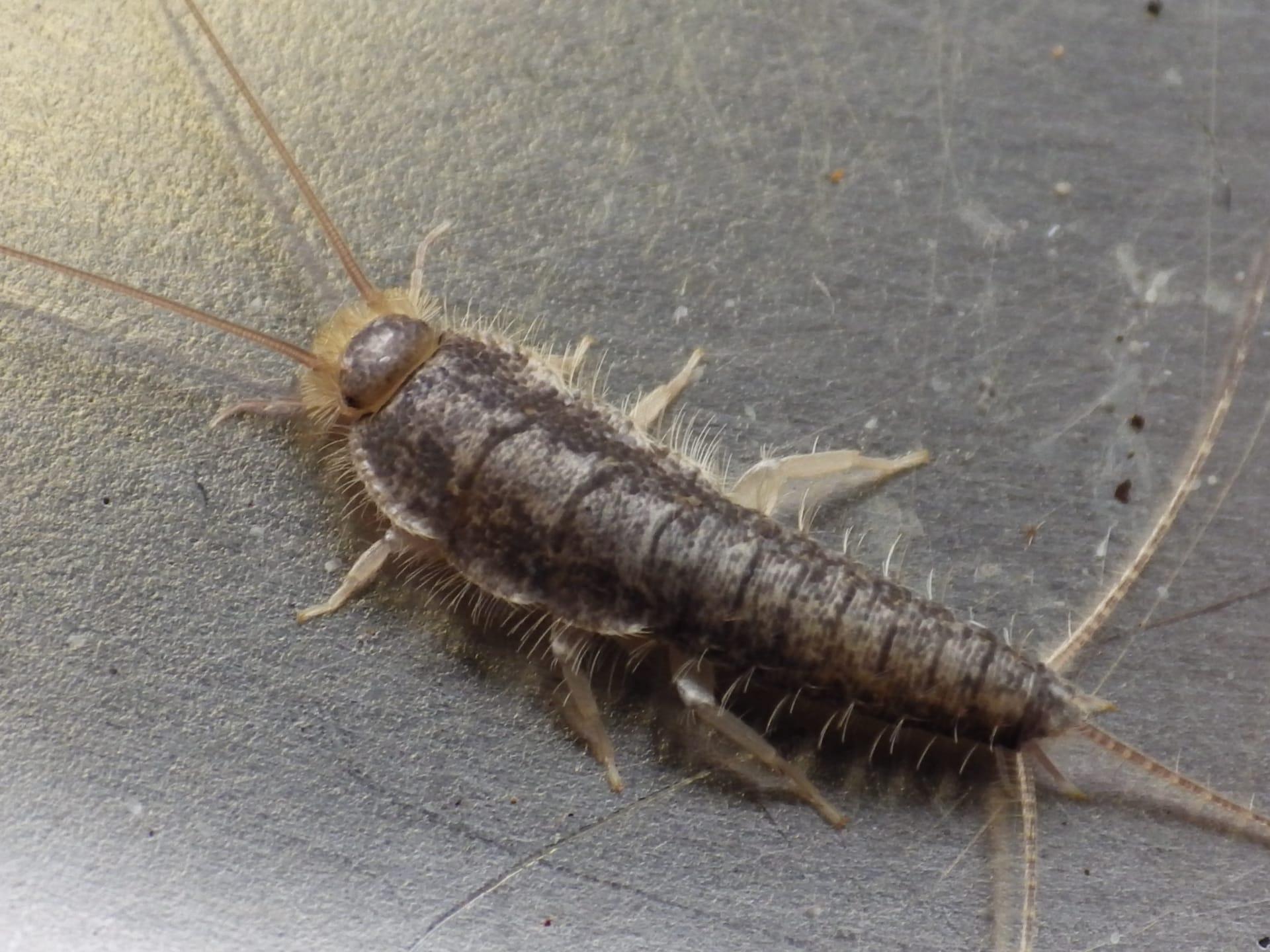Silverfish Characteristics
- Home /
- Mini Encyclopedia /
- Animal /
- Silverfish Characteristics
1
Silverfish, known scientifically as Lepisma saccharina, are fascinating creatures with a unique set of physical features. They typically measure about 0.5 to 1 inch in length, with a slender, metallic, silvery-grey body. These insects are famous for their longevity, living up to 2-8 years in optimal conditions. Some have even been reported to survive for up to 3 years without food.
The most distinctive organ of the silverfish is its set of scales. These scales serve as a protective layer, shielding the insect from physical harm and water loss. They are also key in helping the silverfish escape from predators, as they can easily detach, allowing the insect to slip away.

2
Question: What do silverfish eat and why are they considered pests in homes?
Answer: Silverfish feed on carbohydrates, particularly sugars and starches. In homes, they are drawn to paper, glue, clothing, and even pantry foods like flour. This diet makes them pests, as they can damage wallpapers, books, clothes, and contaminate food items. Their ability to thrive in various environments and reproduce quickly exacerbates the problem.

3
Silverfish are known for their quick and agile movements. They can run rapidly and are excellent climbers, often seen scaling walls and ceilings. This agility aids in their survival, allowing them to escape predators and explore various environments for food sources.
As for feeding, silverfish are nocturnal and secretive. They often forage for food at night. Their diet is diverse, including carbohydrates like sugars, starches, and cellulose. This versatility in diet is crucial for their survival in various environments, including human homes.

4
Silverfish prefer damp, cool environments with a relative humidity between 75% and 95%. They are commonly found in bathrooms, basements, and kitchens due to the moisture present. These insects are not outdoor creatures; they thrive in indoor environments that provide their ideal living conditions.
Reproduction in silverfish is unique, involving a dance ritual between the male and female. The male lays a spermatophore, which the female picks up to fertilize her eggs. Females lay about 60 eggs at a time, usually in small crevices, ensuring the continuity of the species in their chosen environment.

5
Book: "Insects of the Urban Environment" by Martin H. Reid, published in the USA in 1999. This book provides a comprehensive guide to understanding various insects, including silverfish, in urban settings. It discusses their biology, behavior, and the challenges they pose in human habitats.
Book: "Household Pests: Biology and Control" by Alex P. Johnson, published in the UK in 2005. Johnson's work delves into the life cycles, habits, and control methods of common household pests, including detailed sections on silverfish. The book is particularly useful for understanding how these pests interact with human environments and how to manage their presence effectively.